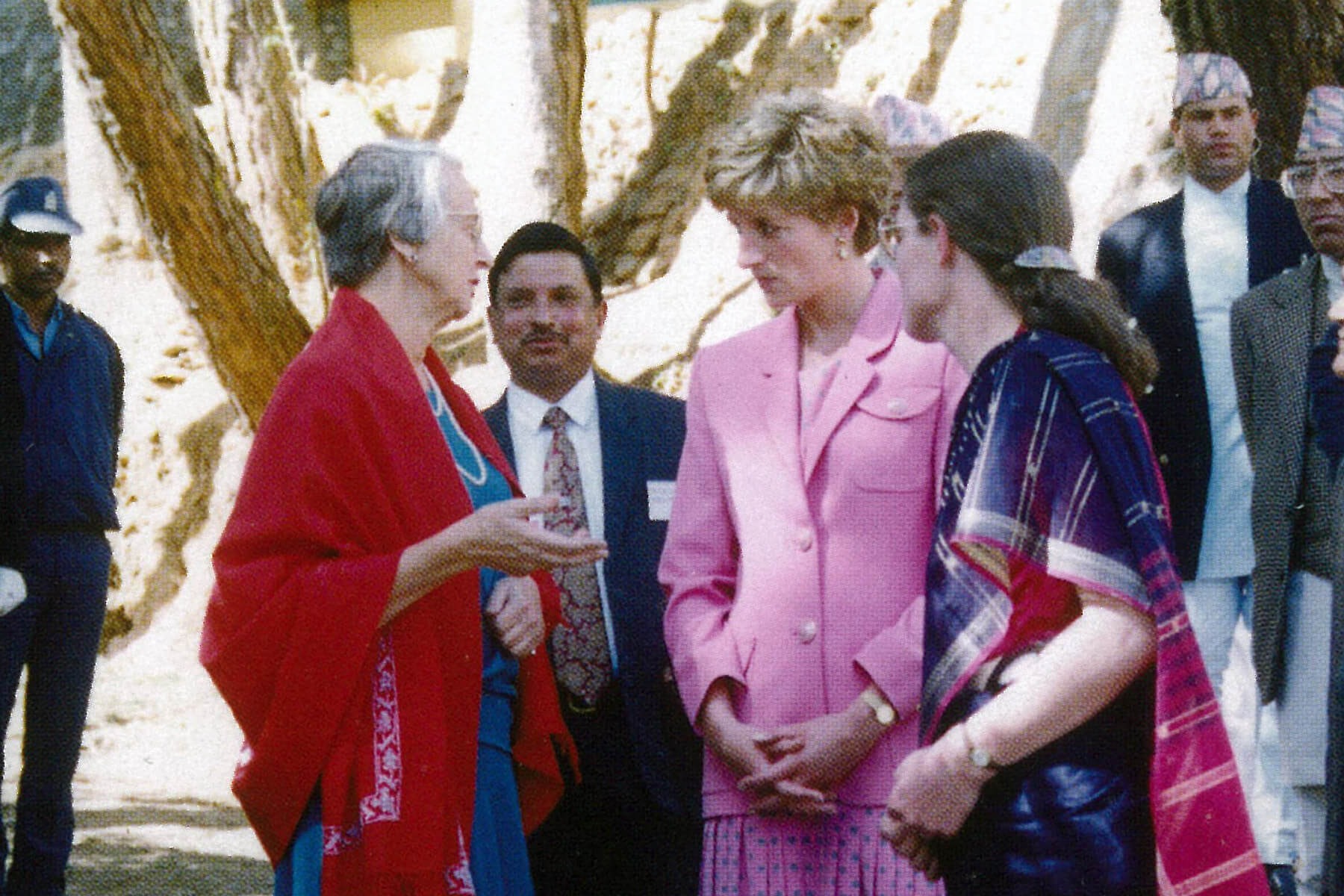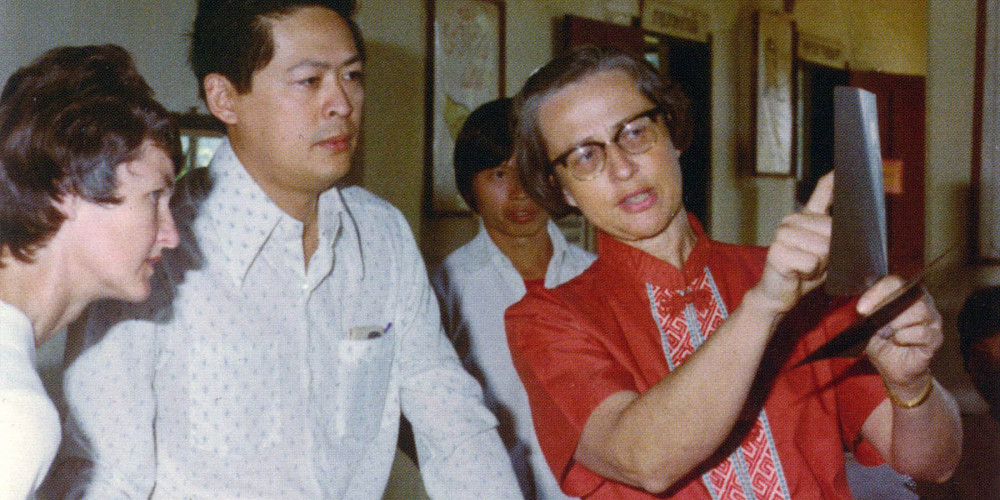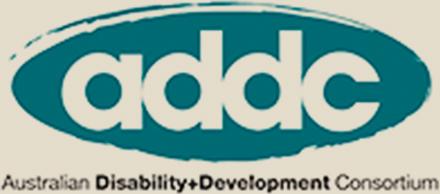KIT Blog
How you've helped Dr Grace Warren transform lives through surgery and ulcer care
-
 The Leprosy Mission Australia
The Leprosy Mission Australia
- Jun 26, 2017
- Australia
Grace Warren, a daughter of missionary parents, was a creative and practical child. She would make many of her own clothes as a young girl and teenager, play the piano and tinker away on finely-detailed embroidery or knitting. These skills she had learnt from her sister Helen and her mother. Helen insisted on the neat and tiny stitches that would later serve Grace in an unexpected and profound way.
Grace graduated with a Bachelor of Medicine/Bachelor of Surgery, from Sydney University. Surgery attracted Grace as a student, but she was trained in obstetrics. In the 1950s, women were not permitted to study surgery formally. After completing a Diploma of Tropical Medicine and some hospital positions in Australia, Dr Warren was asked to relieve in a South Korean women’s hospital. During her time there, Grace developed an interest in the treatment of people affected by leprosy.
Korea was a developing country in the midst of war at the time. Equipment and supplies were limited and unreliable. The only available intravenous fluid, for example, had fungus growing in it. So Grace arranged for the army to install a water still, so that they could make their own intravenous fluid to use safely. These types of difficulties encouraged Grace to experiment with the creative ingenuity she enjoyed in her youth.
The only available intravenous fluid …
had fungus growing in it.
It also prepared her for pioneering work in the leprosy hospital of Hong Kong, on the island of Hay Ling Chau. The then General Director of the Leprosy Mission International invited her to work at the hospital. As the facility lacked a surgeon, the Medical Superintendent taught her some basic surgical procedures. She mastered these skills and read all she could in relevant text books. It was there in Hay Ling Chau that Grace developed new ways to deliver safe and life-changing treatment, establishing her reputation as an inventive pioneer. She hypothesised and proved that by protecting feet for a prolonged period of time it’s possible for ulcers to heal. This was at a time where it was widely believed that ulcers on leprosy affected feet would not heal and that you would have to stay on treatment for the rest of your life. There was little self-management taught in most centres and little hope—the medical community believed that the feet and hands of people affected by leprosy would slowly get worse until they had to be amputated. But with mindful care and the administration of new medicine and techniques, some patients could be discharged.
 Grace Warren speaking with Princess Diana, Dr Ruth Butlin and other staff at Anandaban Leprosy Hospital, Nepal 1993
Grace Warren speaking with Princess Diana, Dr Ruth Butlin and other staff at Anandaban Leprosy Hospital, Nepal 1993
Grace Warren soon became sought after to instruct doctors and surgeons in nearby countries of her new methods. The Leprosy Mission arranged for her to go to Karigiri and Vellore in India to work with the British surgeon Dr Paul Brand. Brand had developed the use of tendon transfer surgery to restore motor function. He encouraged Grace in other techniques that could help people affected by leprosy. In Hong Kong she continued to work on the treatment of ulcerated and deformed feet that were so common in leprosy. With such incredible results, Grace was moved to document her research and write a thesis on the subject. The University of Sydney awarded her with a Masters of Surgery, which officially allowed her to work as a surgeon in many more countries. The Hay Ling Chau Leprosy Hospital would close, but Grace continued to teach medical personnel throughout Asia on behalf of the Leprosy Mission International.
She hypothesised and proved that by protecting feet for a prolonged period of time it’s possible for ulcers to heal.
In 1989 Grace Warren officially retired from full-time service with The Leprosy Mission International. She continued her work until 2012, consulting and teaching in Australian and international clinics. Her expertise benefiting other conditions that affect the nerves—like diabetes. In 1999, she published a practical manual in caring for people with neuropathic (nerve-damaged) limbs with Professor Sydney Nade.
You can read more in her book ‘ Dr Number 49‘ (see below to purchase from the shop or click here)
Dr Grace Warren continues to offer her expertise, even reviewing these stories on the blog!













